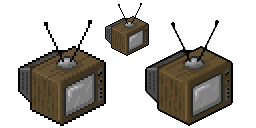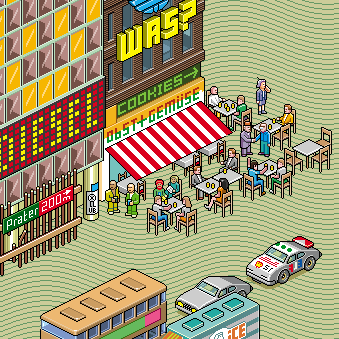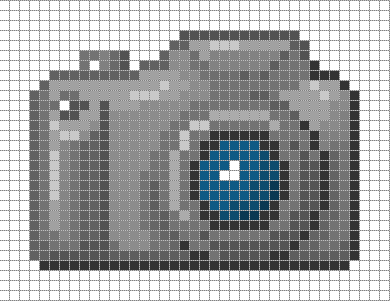There was a young couple who lived in a small thatched hut in a gully long long time ago. They were so poor that every day they had to cut two bundles of firewood and carry them to market on their backs.
One day, the young couple came back from the mountain carrying the firewood. They put one bundle in the courtyard and planned to sell it at the market the next day to buy rice. The other bundle they kept in the kitchen for their own use. When they woke up the following morning, the bundle in the courtyard had mysteriously disappeared. There was nothing to do but to sell the bundle which they had kept for themselves.
That same day, they cut another two bundles of firewood as usual. They put one bundle in the courtyard for market and kept the other bundle for their own use. But the following morning, the bundle in the courtyard had vanished again. The same thing happened on the third and fourth day as well, and the husband began to think there was something strange going on.
On the fifth day, he made a hollow in the bundle of firewood in the courtyard and hid himself inside it. From the outside it looked just the same as before. At midnight an enormous rope descended from the sky, attached itself to the bundle and lifted it up into the sky, with the woodcutter still inside it.
On his arrival in heaven, he saw a kindly looking, white-haired old man coming in his direction. The old man untied the bundle and when he found the man inside it, he asked, "
Other people only cut one bundle of firewood a day. Why do you cut two?"
The woodcutter made a bow and replied, "
We are penniless. That's why my wife and I cut two bundles of firewood a day. One bundle is for our own use and the other we carry to the market. With it we can buy rice to make porridge."The old man chuckled and said to the woodcutter in a warmhearted tone of voice, "
I've known for a long time that you are a decent couple and lead a frugal and hardworking life. I shall give you a piece of treasure. Take it back with you and it will provide you with your livelihood."As soon as he had finished speaking, there came seven fairies who led the young man into a magnificent palace. Its golden eaves and gleaming roof tiles shone so brightly that the moment he entered, he could no longer open his eyes. Inside the palace there were many kinds of rare objects on display that he had never seen before. Moneybags of all shapes and sizes hung in one room. The fairies asked him, "
Which one do you like best? Choose whichever you please, and take it home."
The woodcutter was beside himself with joy, "
I'd like that moneybag, the one full of precious things. Give me that round, bulging one." He chose the biggest one and took it down.
Just at this moment, the white-haired old man came in and, with a stern expression on his face, said to the young man, "
You cannot take that one. I'll give you an empty one. Every day you can take one tael of silver out of it, and no more." The woodcutter reluctantly agreed. He took the empty moneybag and, clinging onto the enormous rope, he was lowered to the ground.
Once home, he gave the moneybag to his wife and told her the whole story. She was most excited. In the daytime they went as usual to cut firewood. But from then on, whenever they returned home after dark, they would close the door and open the moneybag. Instantly, a lump of silver would roll jingling out. When they weighed it on the palm of their hand, they found it to be exactly one tael. Every day one tael of silver and no more came rolling out of the bag. The wife saved them up one by one.
Time went slowly by. One day the husband suggested, "
Let's buy an ox." The wife didn't agree. A few days later, the husband suggested again, "
How about buying a few acres of land?"
His wife didn't agree with that either. After a few more days, the wife herself proposed, "
Let's build a little thatched cottage."
The husband was itching to spend all the money they had saved and said, "
Since we have so much money in hand, why don't we build a big brick house?"The wife could not dissuade her husband and reluctantly went along with his idea. The husband bought bricks, tiles and timber and on hiring carpenters and masons. Being busy in building the house, they discontinued their normal routines of goign to the forest to chop timber. The day came when their pile of silver was almost exhausted, but the new house was still unfinished. It had long been in the back of the husband's mind to ask the moneybag to produce more silver. So without his wife's knowledge, he opened the bag for a second time that day. Instantly, another lump of snow-white silver rolled jingling out of the bag onto the ground. He opened it a third time and received a third lump.
He thought to himself, "
If I go on like this, I can get the house finished in no time!" He quite forgot the old man's warning. But when he opened the bag for the fourth time, it was absolutely empty. This time not a scrap of silver came out of it. It was just an old cloth bag. When he turned to look at his unfinished brick house, that was gone as well. There before him was his old thatched hut.
The woodcutter felt very sad. His wife came over and consoled him, "
We can't depend on the magic moneybag from heaven. Let's go back to the mountain to cut firewood as we did before. That's a more dependable way of earning a living."
From that day on, the young couple once again went up to the mountain to cut firewood and led their old, hardworking life.
 the main page
the main page the main page with rollover effects
the main page with rollover effects the 2nd page
the 2nd page
 the main page
the main page the main page with rollover effects
the main page with rollover effects the 2nd page
the 2nd page
































